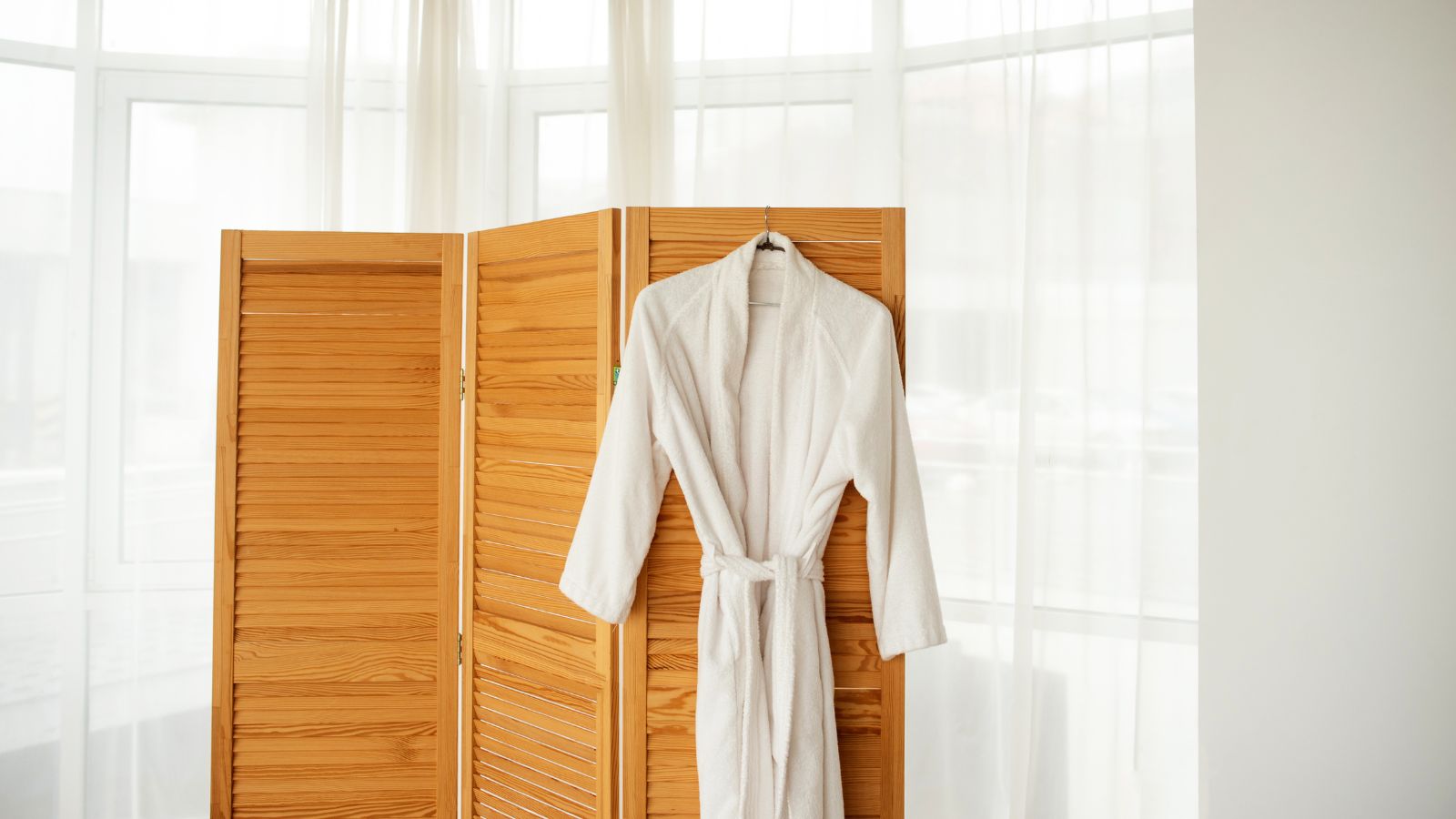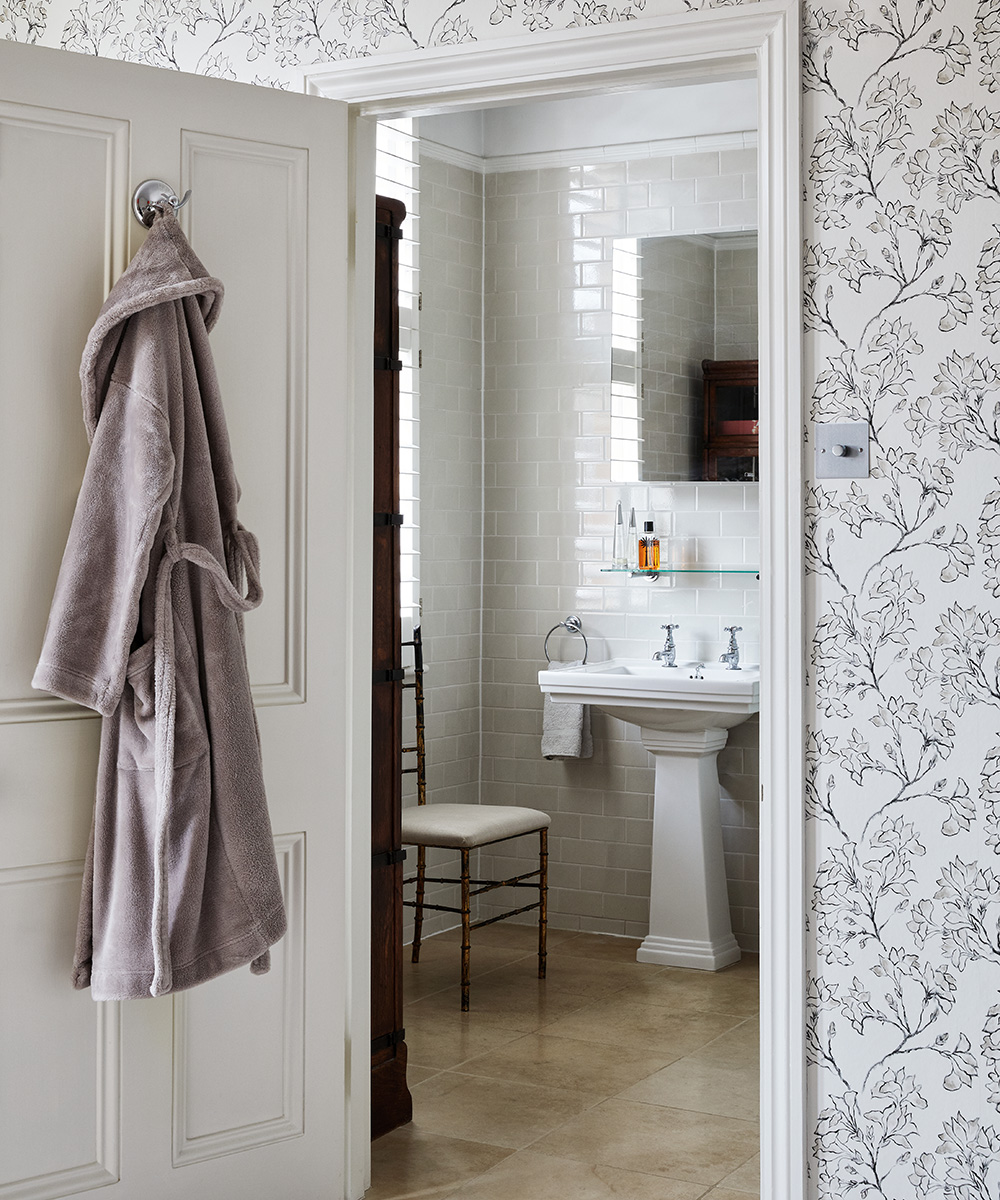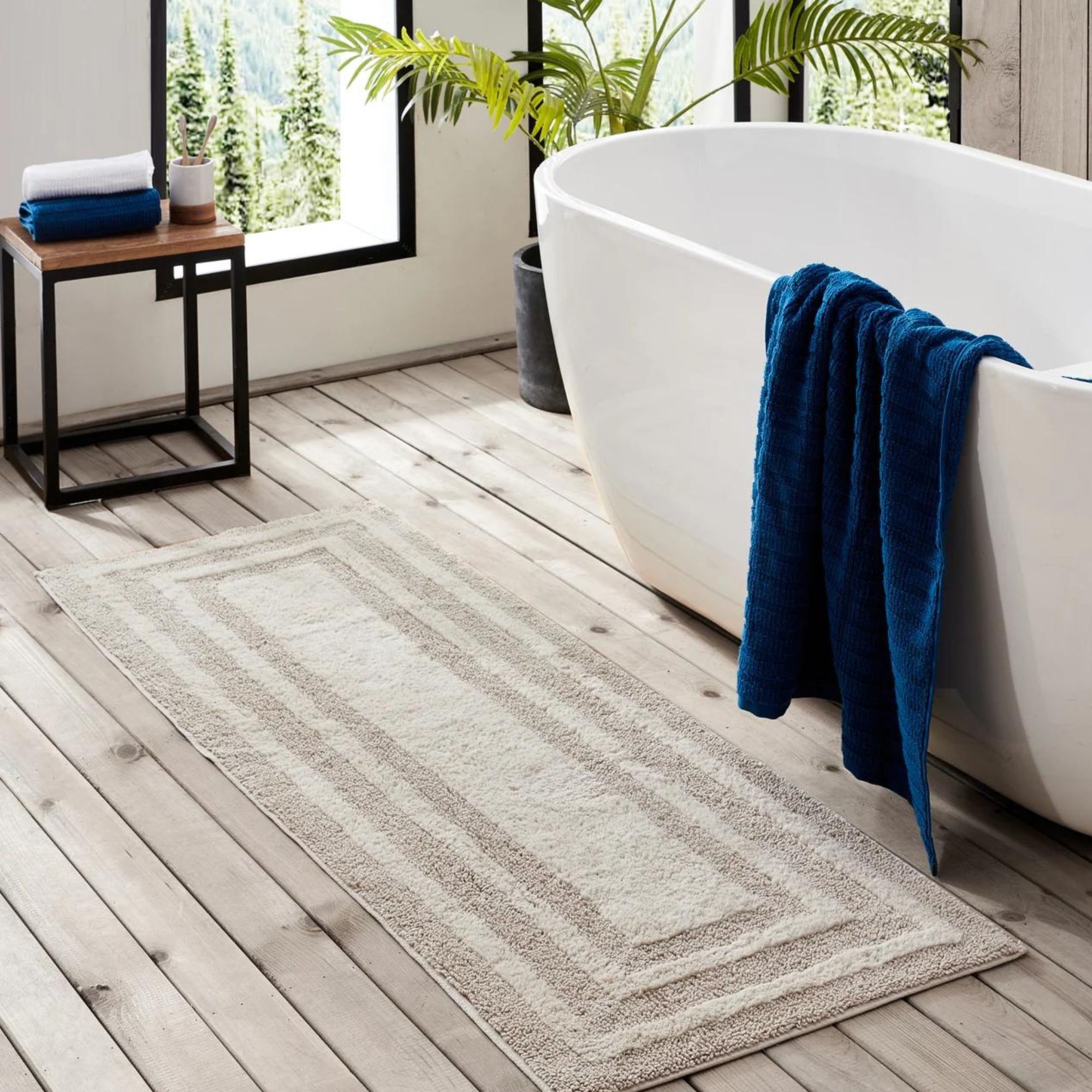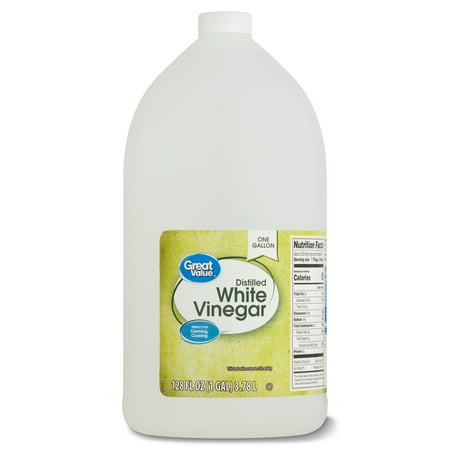Is your bathrobe giving you skin irritation? Experts say you probably aren't washing it often enough and advise this surprising frequency
Not washing your bathrobe enough can lead to bacteria build up and shorten it's lifespan


There are few things cozier than slipping on a fluffy bathrobe after bathing. You wouldn’t be alone in thinking that putting one over your freshly laundered pajamas, or straight on after bathing, means these coverups generally stay quite clean.
However, dermatologists and laundry experts warn bathrobes are more disgusting than you think, gathering dead skin cells and oils. And, how often you should wash your bathroom comes down how you use it (and how often), with the rule of thumb being, somewhat surprisingly, after every four wears.
Here, expert dermatologists and laundry pros delve into the realities of these secrete grime collectors, and share their tips for keeping your favorite robe soft and cozy for longer while you do laundry.
How often should you wash a bathrobe?

According to expert dermatologist Dr Hannah Kopelman, of Kopelman Aesthetic Surgery, washing your best bathrobes is a lot like washing towels.
She says, ‘I recommend washing your bathrobe every three to four uses, especially if you wear it right after bathing or showering. I’ve found that this helps keep the fabric free from the buildup of bacteria, dead skin cells, and natural oils that your body can leave behind.’
Failing to wash yours often enough can lead to a variety of issues, Dr Kopelman explains. 'It's important to regularly wash your bathrobe, not just for the sake of keeping it fresh, but also to protect your skin. Over time, a bathrobe can become a breeding ground for bacteria and fungi, particularly if it stays damp or is worn multiple times without a wash.
'I’ve seen how this can lead to skin irritation, body acne, or even fungal infections, especially in areas where the robe is in close contact with your skin for extended periods.‘
Design expertise in your inbox – from inspiring decorating ideas and beautiful celebrity homes to practical gardening advice and shopping round-ups.

That being said, this frequency will change if you only use your bathrobe as a warming cover-up over your pajamas.
Dr. Richard Bottiglione, board-certified dermatologist and owner of Dermatologists Choice Skincare adds, ‘If your bathrobe is touching your skin regularly then any oils or dirt on the robe can contribute to acne breakouts or irritation on the skin, pajamas will act as a barrier against this.’
He explains that this will keep the robe relatively clean, and reduce how often you need to wash the robe to around once per month. If, for whatever reason, you ever wear your robe over everyday clothing, you should wash it afterward to avoid transferring dirt and germs from outdoor clothes to your body after a shower.
Signs it is time to wash your bathrobe

Luckily, there are a few easy-to-spot signs that your bathrobe needs washing. Musty odors, stiff or scratchy fabric, or stains are all signs your bathrobe should head to the laundry pile.
Dr. Richard Bottiglione explains that much like washing bed sheets or making towels soft again, your robe can usually go on a normal laundry cycle with a mild detergent, ‘then dry it thoroughly using a tumble dryer to prevent bacteria developing,’ he adds.
It is best to avoid using fabric softener as this can coat the fibers and reduce your robe's fluffiness. If this ever happens, consider using white vinegar in laundry (just as you would wash towels with vinegar) to strip away product buildup and relax the fibers.
As with any laundry task, remember to check the laundry symbols on the care tag first for any specialized care notes. While most toweling bathrobes are safe for the washing machine, some delicate fabrics such as chenille, velvet, or silk are better suited to hand washing.

Gentle laundry detergent isn't just for sensitive skin, it is better for your clothes, towels, and robes too. This one is a consumer favorite, free from dyes and fragrances for a powerful yet gentle clean.

White vinegar is a godsend for household cleaning and laundry. Not only does it help to deodorize laundry, but it brightens whites and colors, kills mold and bacteria, and strips product buildup for the softest results. Learn all the ways you can clean with vinegar.

Wool dryer balls are a great, sustainable alternative to dryer sheets. Not only are they more cost-effective than always buying new sheets, but they reduce static naturally and help to fluff up towels and robes as the bounce around your dryer.
Just as you would wash new clothes and linens before first use, it is generally a good idea to wash your bathrobe when you first bring it home too. Washing on a cool wash with a gentle detergent will remove any dirt from the store while softening the fabric and washing away lint, helping to prevent shedding when you wear it on damp skin after a shower.

Chiana has been at Homes & Gardens for two years and is our resident 'queen' of non-toxic living. She spends most of her time producing content for the Solved section of the website, helping readers get the most out of their homes through clever decluttering, cleaning, and tidying tips. She was named one of Fixr's top home improvement journalists in 2024.